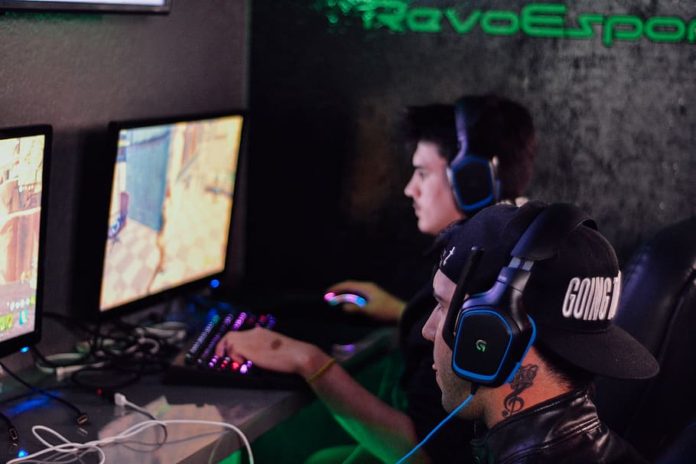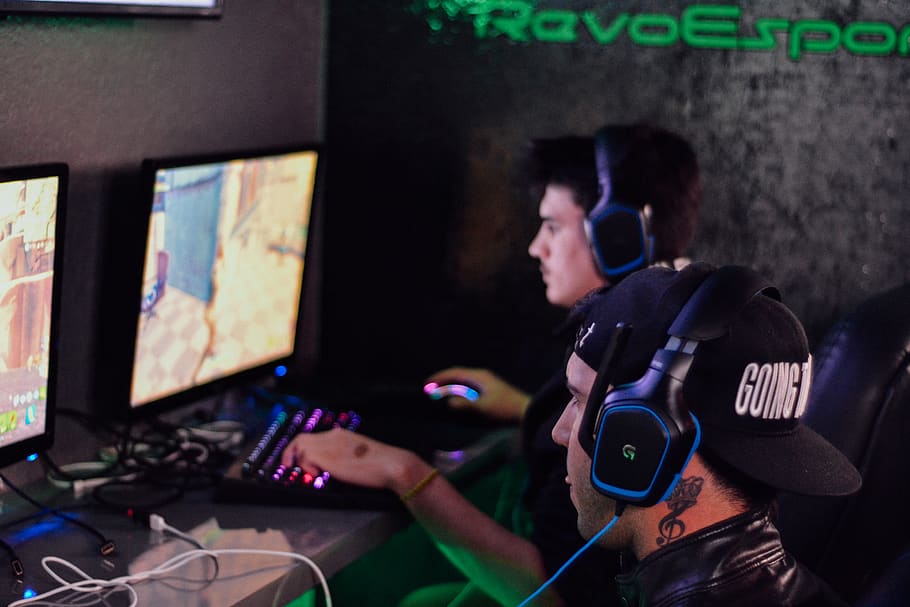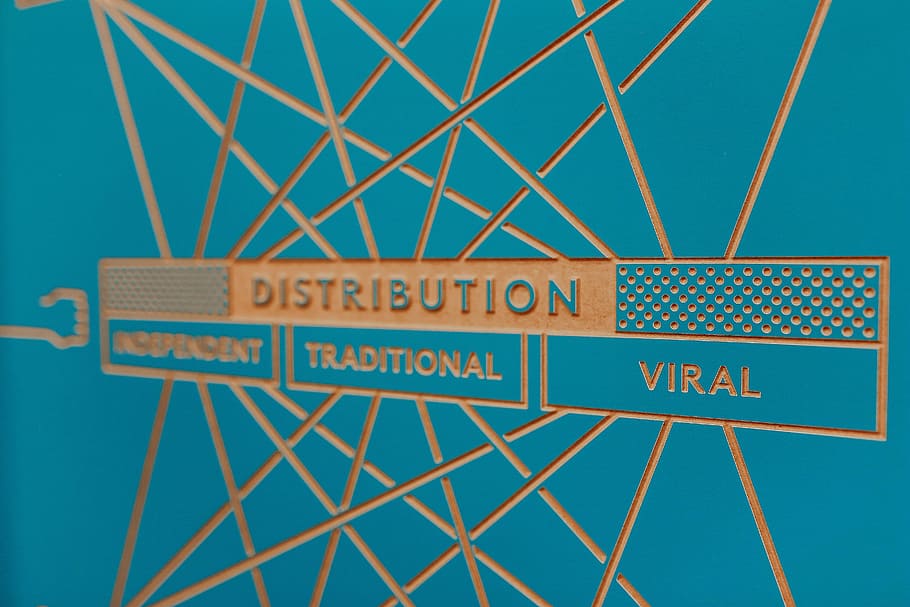

The world is changing. Many companies are trying to stay ahead of the competition by rebranding themselves for the marketplaces and customer bases of the future, for whom design and usability are key.
Here is how some of the world’s most successful and well-known tech and gaming firms have rebranded.
Brands Driven to Change by Their Community of Customers and Players
It is a long-held maxim in the world of marketing and advertising that a brand must not only keep pace with market trends and industry shifts, but must also keep a finger on the pulse of its community of customers and players. At the end of the day, they are the ones with the power to make or break a company.
Well-established tech and gaming firms who decided to take the leap and go for an image spruce in 2020 included GoDaddy, who knew that the bulk of their clients were budding entrepreneurs and so wanted a brand that appealed directly to that demographic. Then came PokerStars, who not only wished to make poker players feel comfortable with their brand, but also wanted to appeal to sports bettors and entertainment buffs too. Last but not least there is Fnatic, who wished to consolidate their domination of the eSports world by growing up alongside their young client base, providing a sleeker and more streamlined logo and overall look.
As the world and its populations continue to change at a rapid pace, expect more and more gaming and tech firms to update their respective images. The three mentioned above are already ahead of the game.

Caption: The rebranding of a company is something of an art form these days, with many different variables needing to be considered before a final design and logo is chosen
Brands That Needed a Tweak Rather Than a Full Makeover
The old adage of do not fix something that isn’t broken often applies in business. This is especially so in the online sphere, where successful logos and brands are hard to come by and should be altered with due care and attention.
Some of the logos that have been subtly tweaked in 2020, rather than being subject to wholesale changes, are those of Google Maps, TripAdvisor and Adobe.
Adobe’s rebrand is particularly interesting. The company has decided to change the appearance of its whole range of creative suite tools, such as Photoshop and Illustrator, giving them the feel of a futuristic periodic table, all of which can be found on its new cloud platform.
What Happens When Rebranding Goes Wrong?
While most tech and gaming companies pride themselves on being trailblazers and trend setters, there will always be outliers who manage to fall back down the ladder. When it comes to rebranding, this is usually brought about by one of a multitude of factors, including overly opinionated management figures with no clue about design, cost saving that leads to branding being done in-house, and laziness.
Some recent examples of this bad rebranding in recent months and years are those from Yahoo, who managed to make a boring logo even less appealing, and Google’s Workspace tools, which have become impossible to find on people’s phones, as their eyes tend to skip straight past the redesigned logos.
What Does the Future Hold?
One way to understand how branding in the tech and gaming sector will morph in 2021 and beyond, is to look at the new technologies and trends which are already gaining momentum.
To this end, people in charge of rebranding projects should be aware that increased connectivity via 5G networks, the proliferation of VR and AR applications, and vehicle automation, are all likely to play a huge part in how future logos and wider brand aspects are developed and executed.
